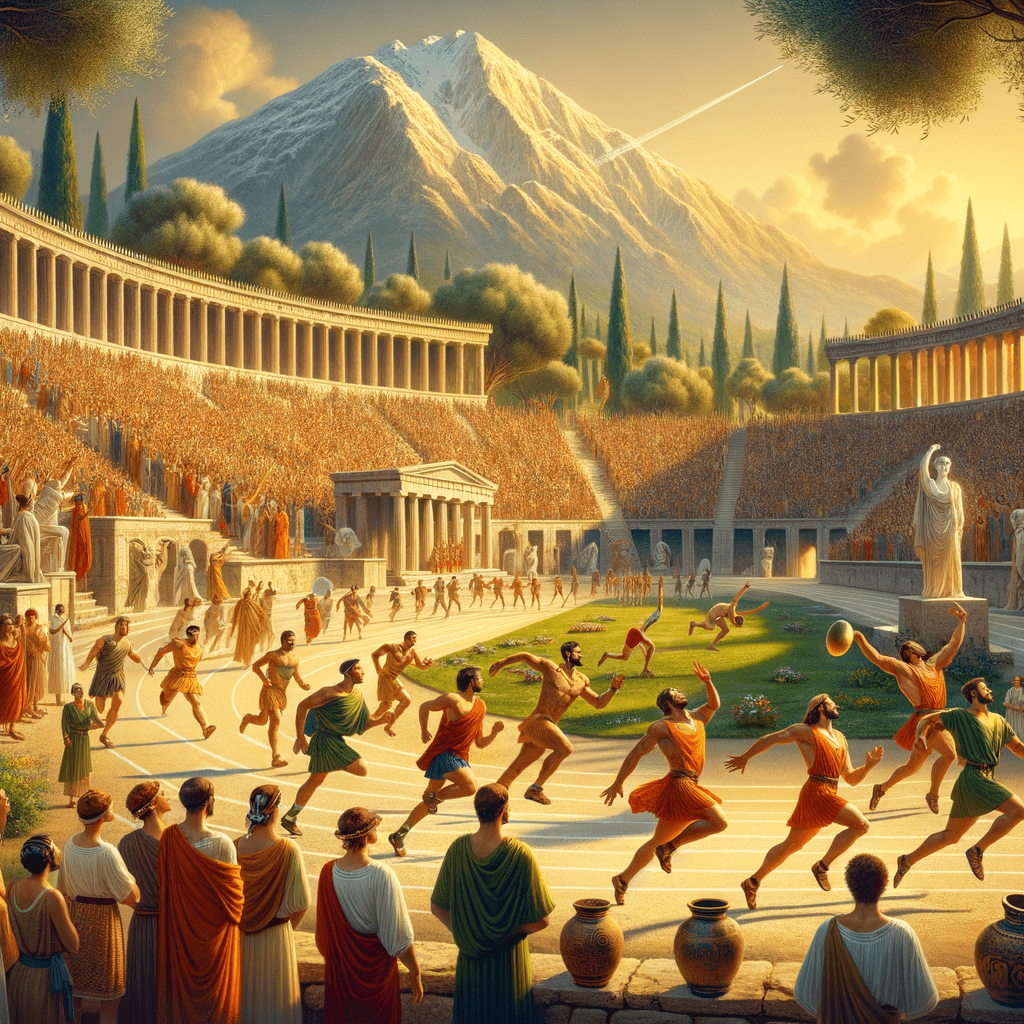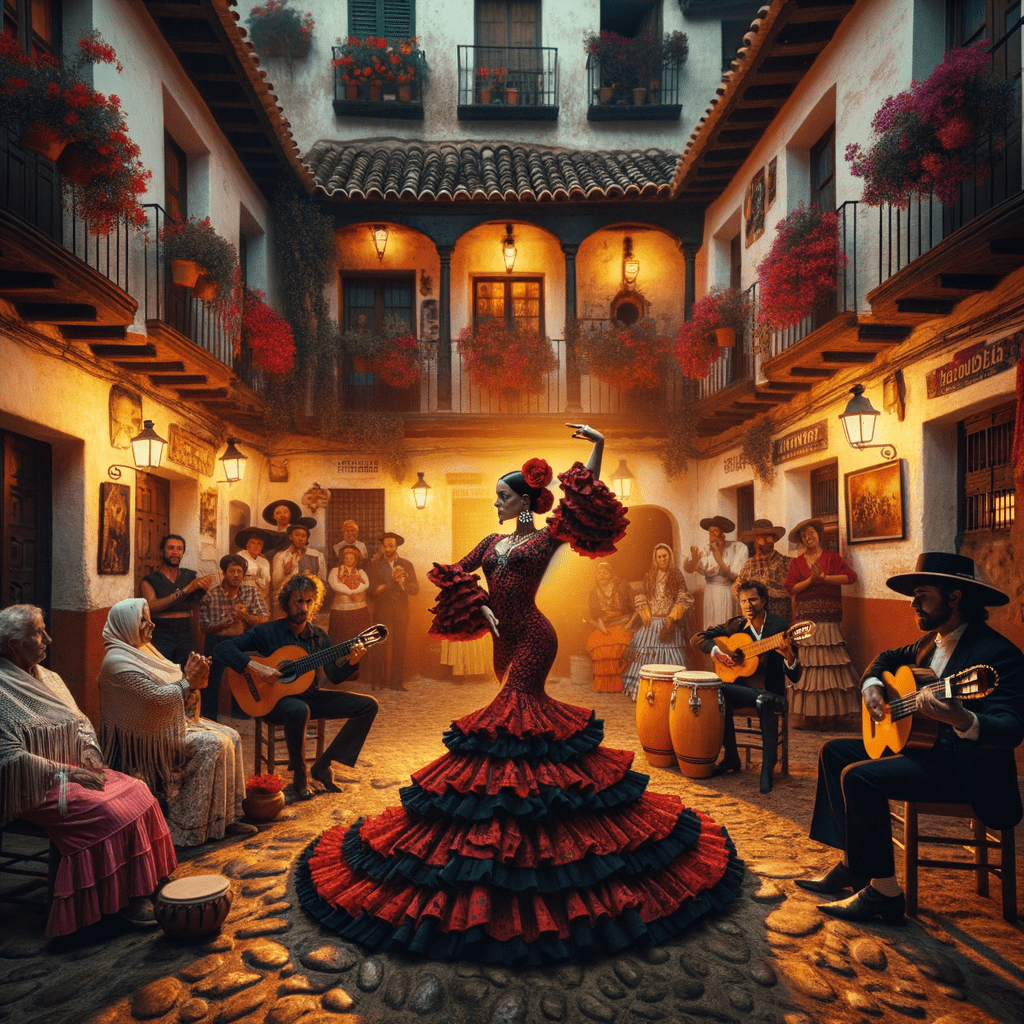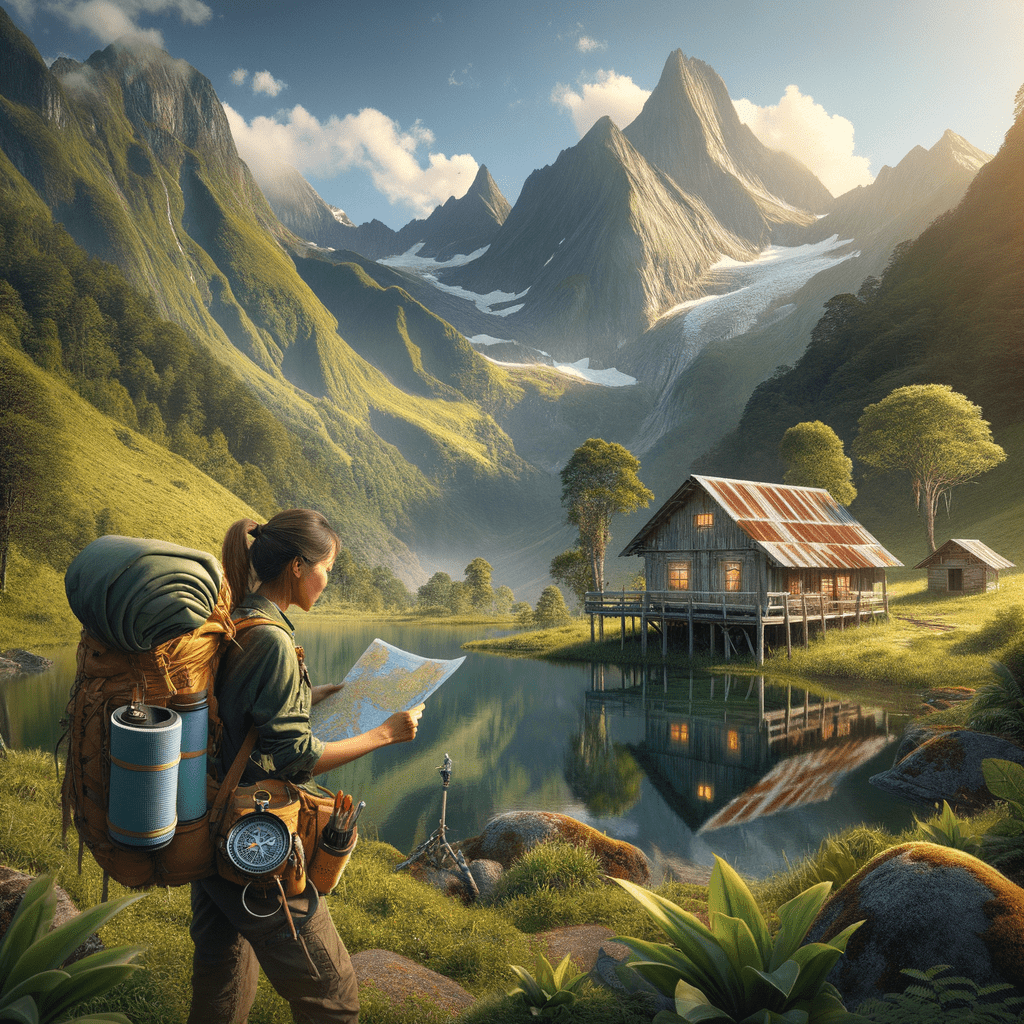As someone who’s just a little too obsessed with history and happens to have Indian roots, the tale of the Partition of India is a kind of bittersweet obsession for me. There’s something about this chapter that just grips my heart—it’s splattered with raw emotions of millions and, let’s be honest, it’s not your dry, black-and-white textbook stuff. It’s absolutely soaked in life, and colors, and all those in-betweens that make it way more real. The little snippets of human stories, sometimes hidden in dusty old photographs or muttered under the breath of an elder, hit me on such a personal level. I find myself diving into them, wanting, no—needing to understand how this massive quake in history could shake so many everyday lives.
Picture this with me: It’s the summer of 1947. The British are finally packing up and leaving India after two centuries of rule. Hearing this, you’d think the whole country would be dancing in the streets, right? But wait, freedom had a catch. India was going to be split into two separate nations: India and Pakistan. Sounds straightforward, but it was anything but. It was chaos, just a swirling vortex of emotions and heartbreak. Like someone taking a pencil and drawing a line on a map—and boom, lives uprooted. Homes, families, and memories, all just tossed around like some kind of tragic jigsaw puzzle.
The Drawn Line that Redefined Lives
You think a border is just an imaginary line, right? So how did a pencil line on some map suddenly decide where people belonged? They got Cyril Radcliffe—this British lawyer who’d never even laid eyes on India—to draw the borders. Poor guy got it all wrong. But dang, this wasn’t some mistake you could just erase and fix. These errors? They had very real, very painful consequences.
Radcliffe’s line went swerving through Punjab and Bengal—places rich in culture and history. This wasn’t just a border; it was a slash through people’s hearts and homes. He drew this line in August, just five short weeks before Partition, without ever really feeling the pulse of India. I mean, imagine trying to color a puzzle without even looking at it and hoping it magically sorts itself out. It didn’t.
Oh, how I wonder about those frantic days. Think about it: Everything you knew… Poof! Now you’re being told the land you and your ancestors poured your sweat into wasn’t yours anymore. The mad scramble to claim what was ‘right’ was filled with fear, especially as religious identity suddenly became such a big deal. For many Hindu, Muslim, and Sikh families, these newborn borders meant their world was about to be turned upside down without their say-so.
The Human Exodus
History calls it the largest migration, with over 15 million people on the move. But these were real, living, breathing people, not just numbers. Imagine trains packed to the brim, small kids sobbing in their mom’s arms. Dads carrying everything they own in tiny bundles, jaws clenched in determination. Everybody staring out at the passing landscape, trying to memorize a last look at the only home they’ve ever known.
Meanwhile, back in places like Amritsar, families whispered prayers into the night, trying to cling to shreds of safety. It was like the rulebook on humanity went out the window as people rushed onto trains and boats, desperate to leave before things got any worse. Some never even made it to any safe transportation. Others went by foot, pushing through fields and jungles. It was one heartbreaking step after another, each one heavy with loss but tinged with stubborn hope.
Yet, even in chaos, kindness showed up in surprising places. Elders have told me stories about neighbors helping each other—even if they worshipped differently—get to safety. Stories of disguises for protection, like Sikh turbans on Muslim heads, or Hindu families hiding Muslim friends in their attic. At its core, despite the chaos, humanity stubbornly held on.
The Visceral Impact
But there’s no sugarcoating it: Violent acts marred this period. Riots broke out like embers in a dry season. Listening to my grandmother recount those days… it’s haunting. She spoke of terrifying quiet after riots, friends suddenly turning enemies, and deep wounds far beyond skin-deep.
The violence was raw and horrid. I still grapple with the tales of homes turned to rubble and neighbors turning against each other. It’s a stomach-twisting reminder of how fear can twist people into strangers.
Still, not all was shadows and sorrow. In the middle of all these grim tales, resilience sparkled through. I think of a photo of my friend’s granddad, standing proudly by his new shop in Delhi, having come all the way from Lahore. His eyes seemed to shine brighter, as though refusing to be dimmed by his hardships. Many like him built new lives, hanging on to hope like a lifeline. These stories of unrivaled spirit despite the odds fill me with awe about the endless complexities of the human race.
Cultural Transformation
As people got back on their feet, they had another mountain to climb—learning to belong to a new place. Cities like Delhi and Bombay opened their arms to floods of refugees, stretching out their boundaries. Sharing a cup of chai wasn’t just about drinking tea anymore; it was an act of coming together, a symbol of solidarity.
The rhythm from Lahore started echoing through the lanes of Amritsar, while the wave of Calcutta swept into Dhaka’s markets. Food started tasting like a blend of memories; neighborhoods took on new hues. Music bore the pain of lost lands, speaking to souls aching for their past homes. Families sang ghazals mourning not just lost people, but lost places. Art, in pen and brush, flowered. It became a refuge where politics faltered.
Love stories bloomed like wildflowers across this dry land—tales of pen pals and lovesick letters slipping past bureaucratic red tape. Or stories like from my husband’s grandparents, meeting as lost individuals in Delhi and laughing over fate’s strange game; sharing tales of longing and loss to build a new family.
The Lingering Legacy
Here we are, decades down the line from that fateful night of ’47. Yet, the Partition hums quietly beneath family stories of journeys beyond geography. Tea cups clinking accompany hushed stories, linking yesterday with today. Houses may be rebuilt, but memories keep a steady, stubborn hold—evidence is in homes where Lahore’s keepsakes snuggle up next to items from Karachi, heirlooms cherished like whispers from an old past.
This festering season may have cooled into an echo for newer generations, but tremors of that time still rumble through family stories. Young people today inherit tales and hold tough questions—was it inevitable? Did it have to end that way? Hard questions even for us grown-ups to face.
Sometimes I daydream—what if Partition never happened? Would peace have reigned? Or if only it went differently, with negotiations instead of knife-like borders? These thoughts bounce and sway, looping in hearts and minds on both sides of an invisible line that refuses to be fenced.
And while sharing a meal with friends, I reflect on the winding tale of how these fractured histories have shaped us today. In difference, shared laughter acts as a bridge, offering hope that future stories lean more toward unity than division. If there’s one thread the Partition of India drew starkly for me, it’s how resilient we are through the shared human experience.
Signing off from the heart—not as someone merely observing but with strings tied deeply to this saga. I’m forever mesmerized by the power of human stories. Stories of undying love, rough edges softened by time, and an eternal, stubborn rhythm of hope. These are the stories through which my eyes gaze and my heart beats, defining who we truly are.













